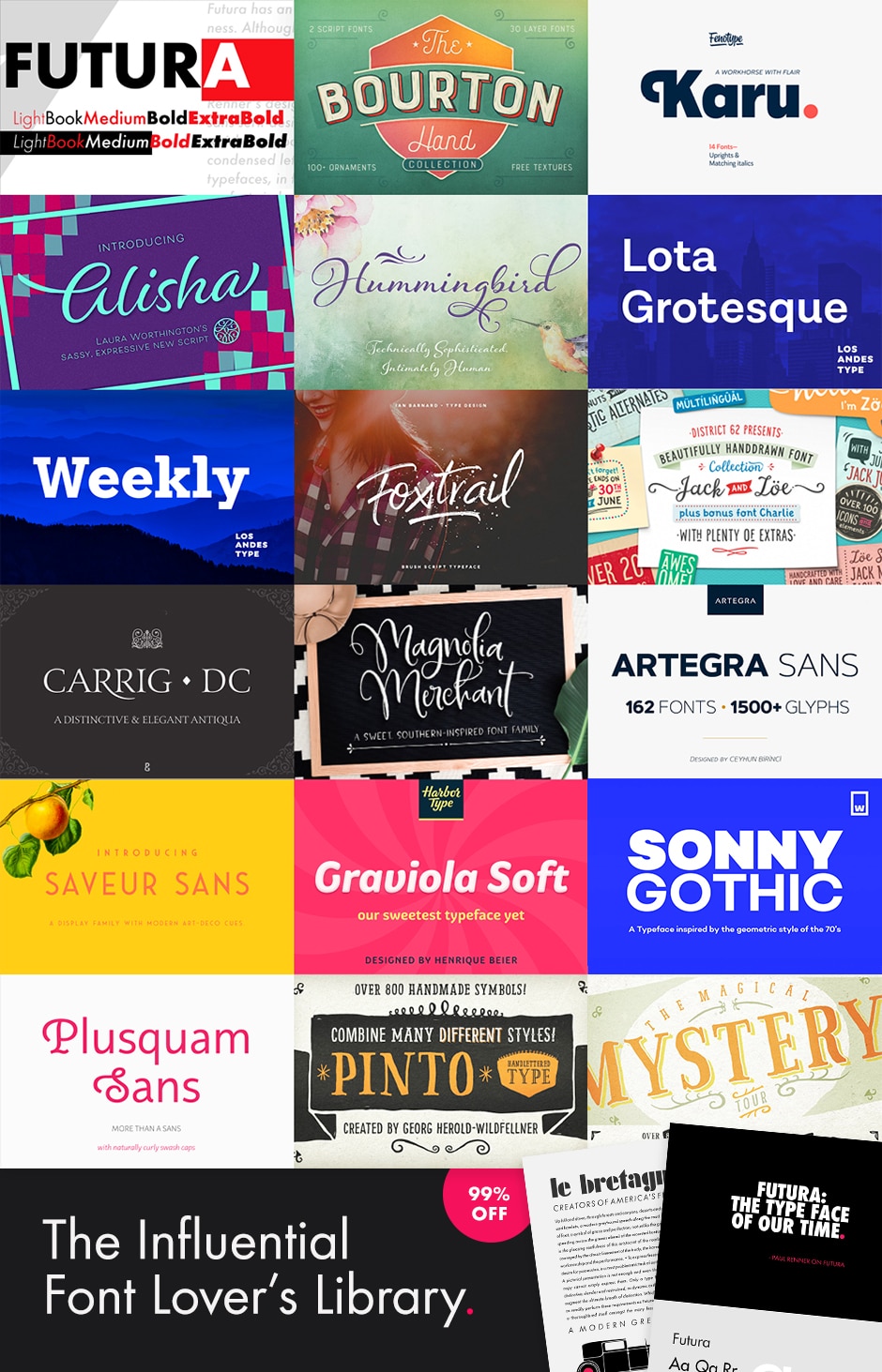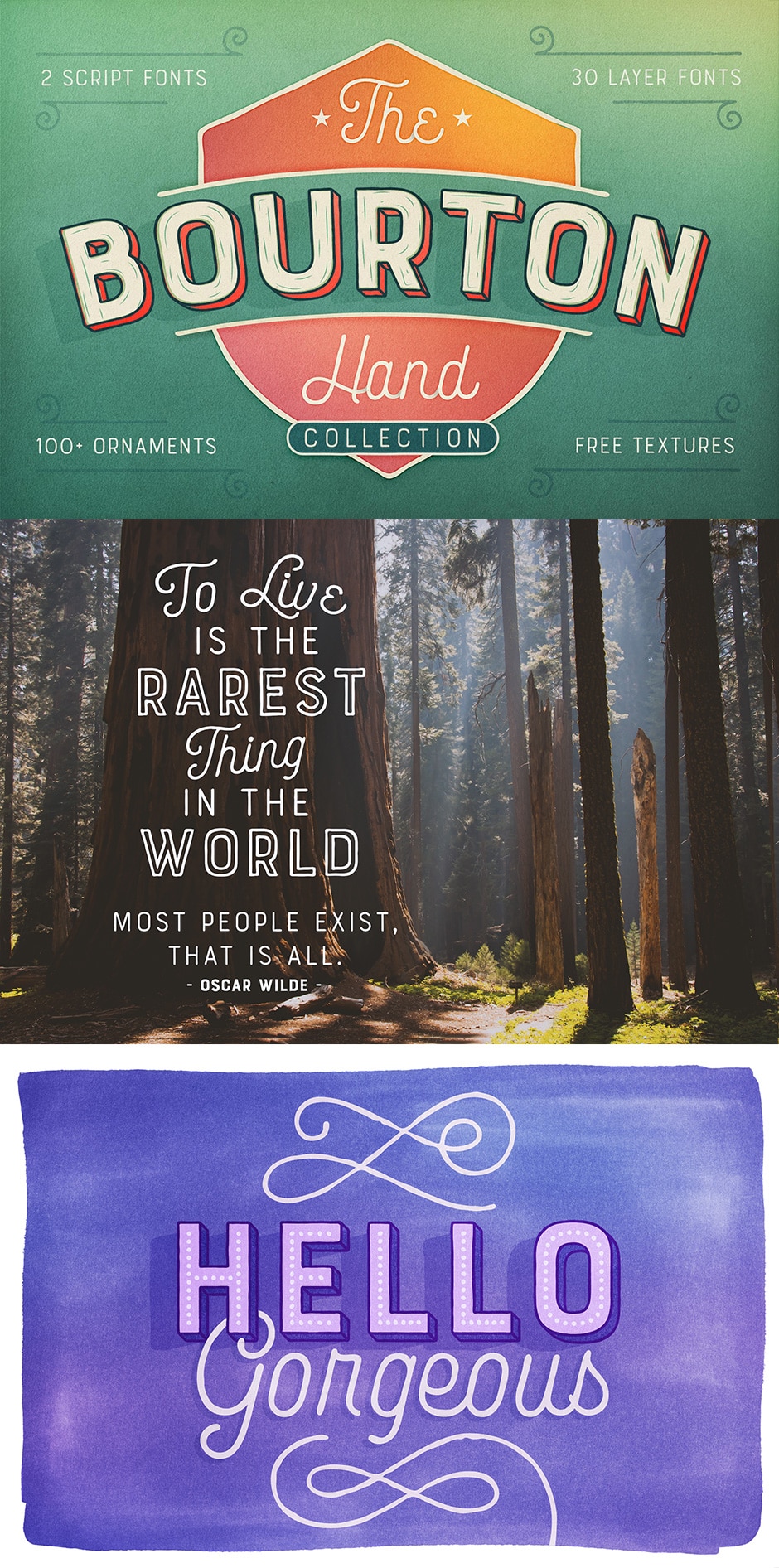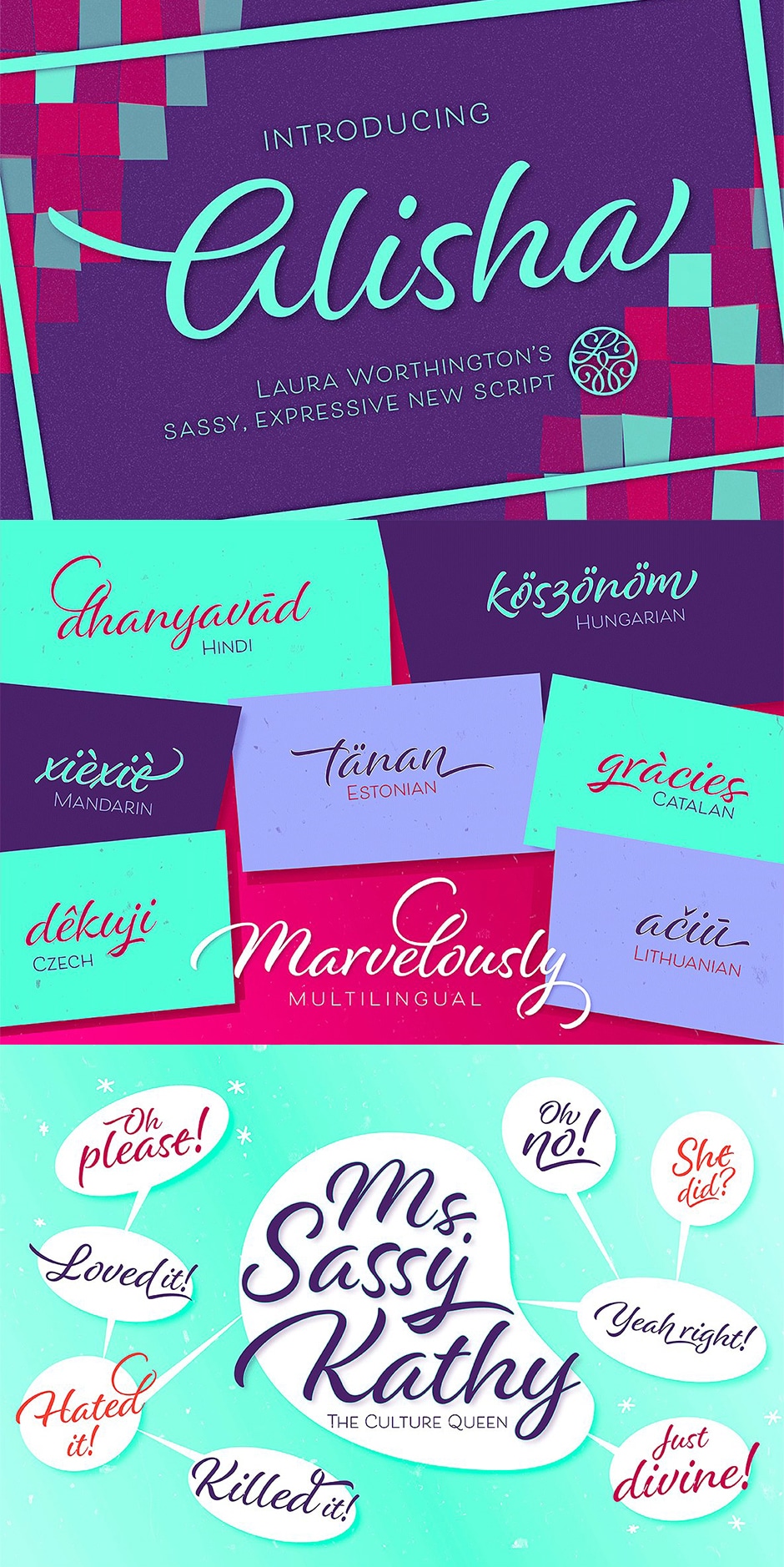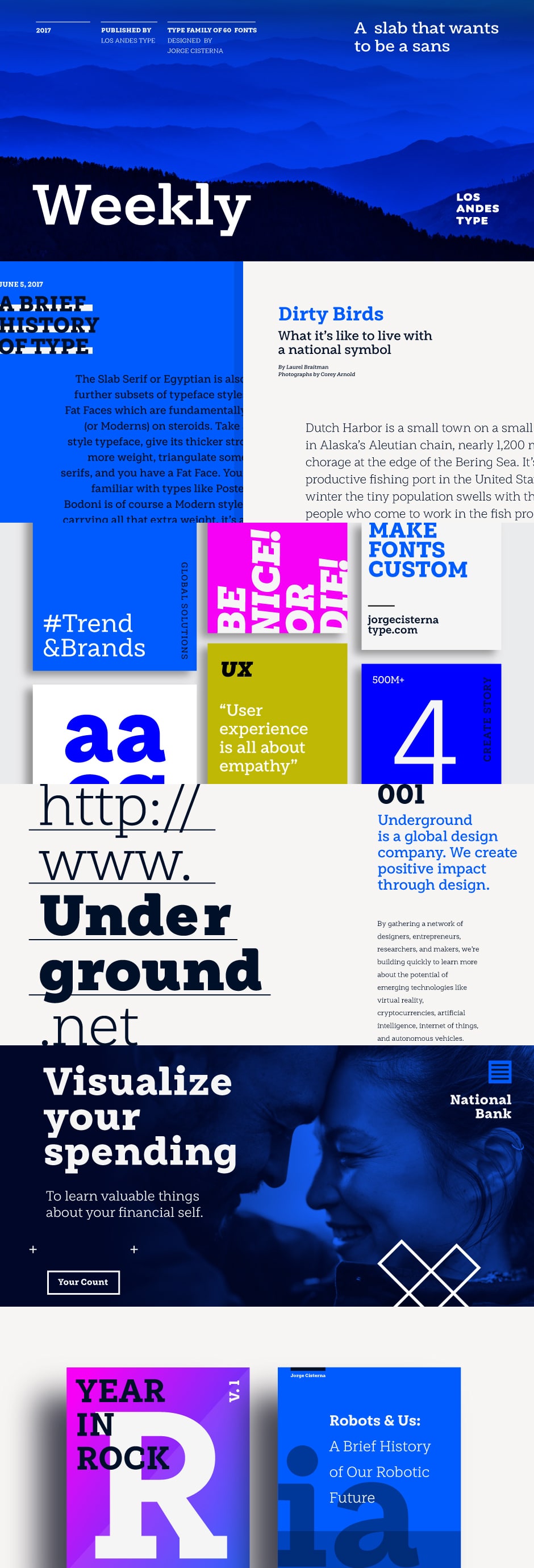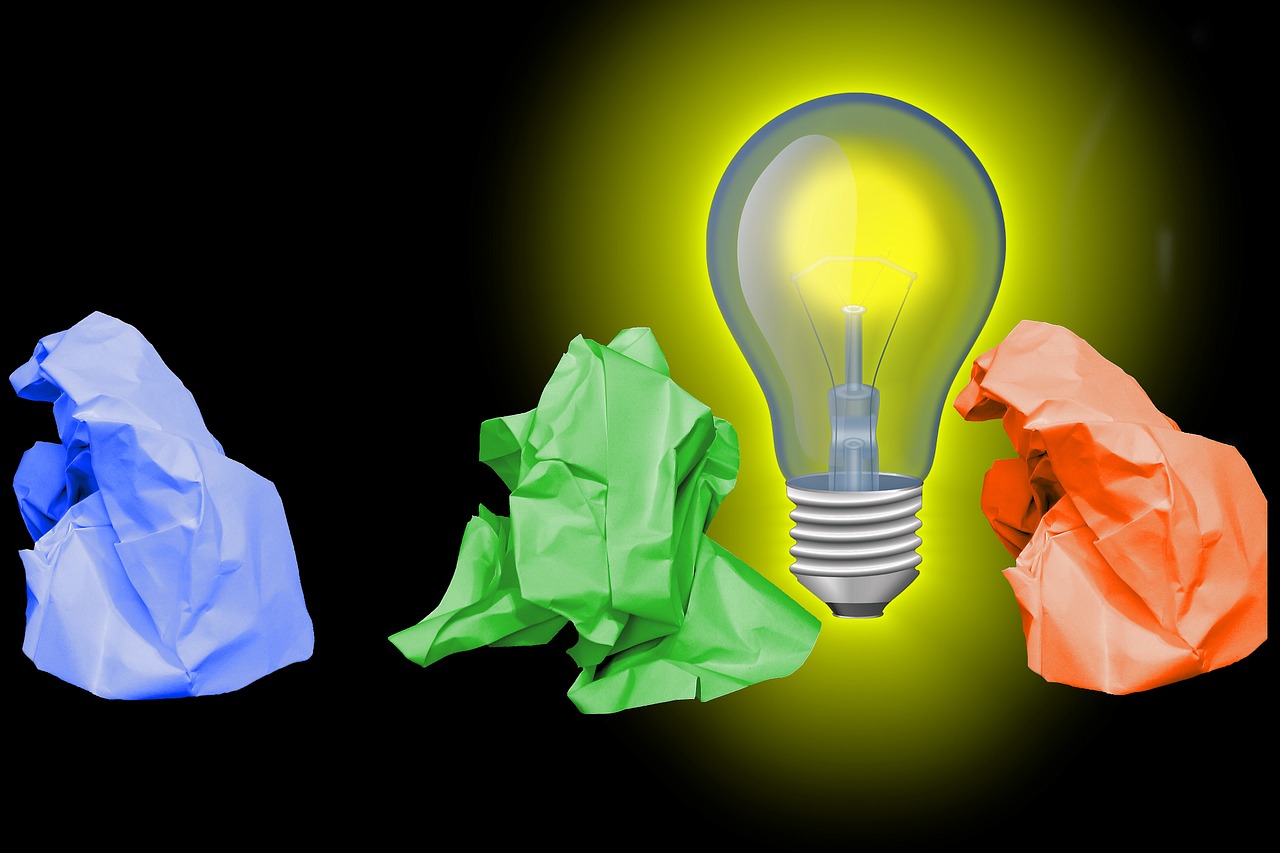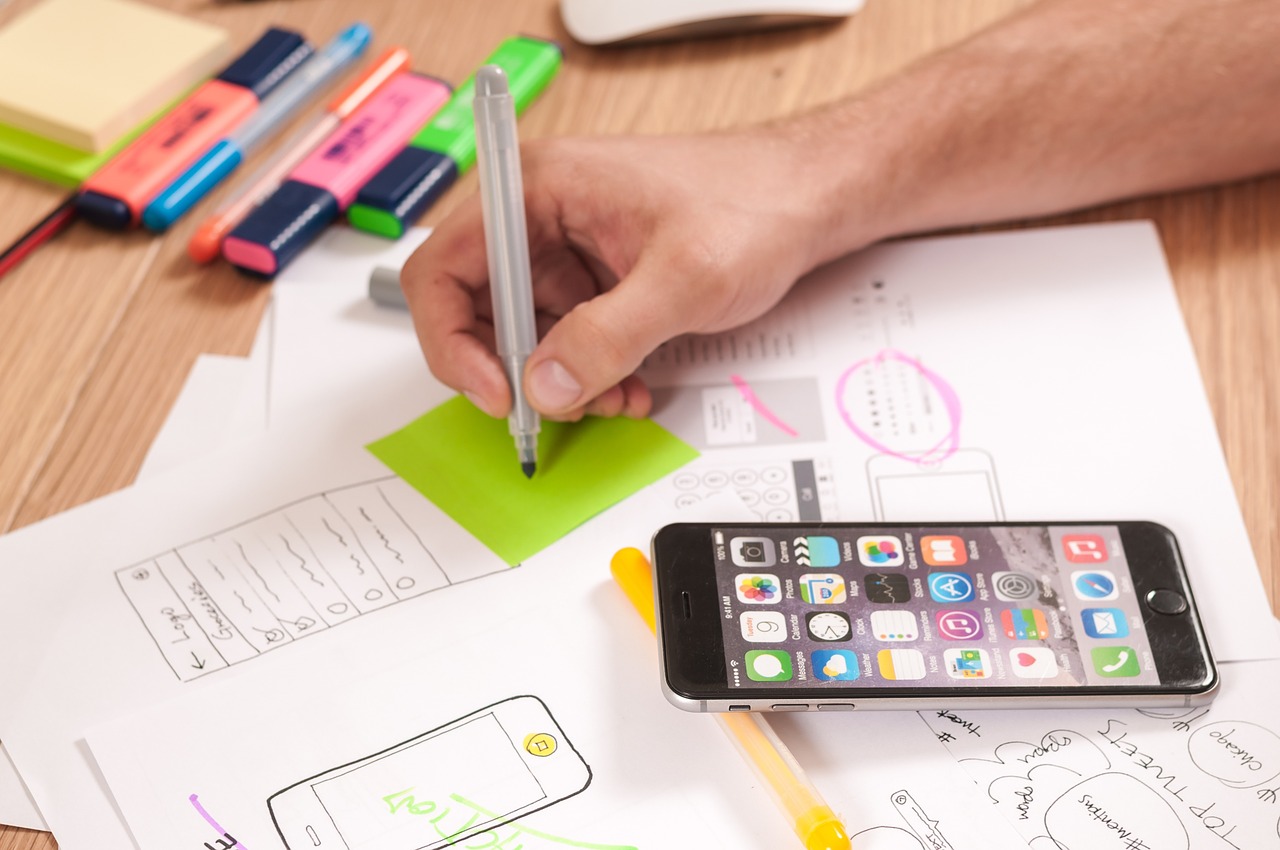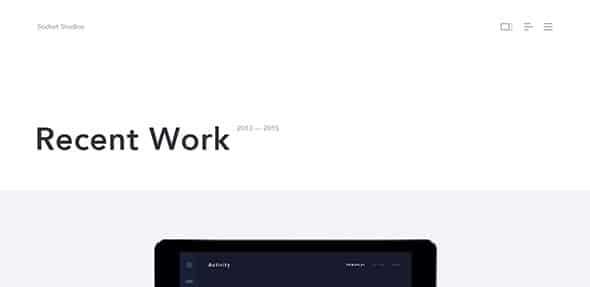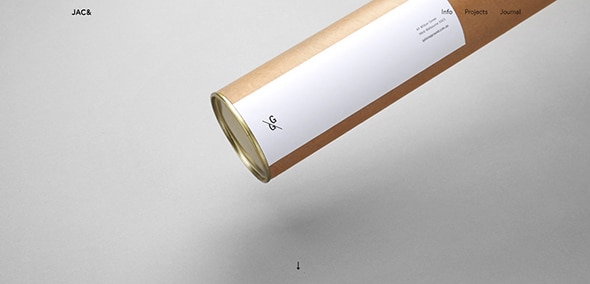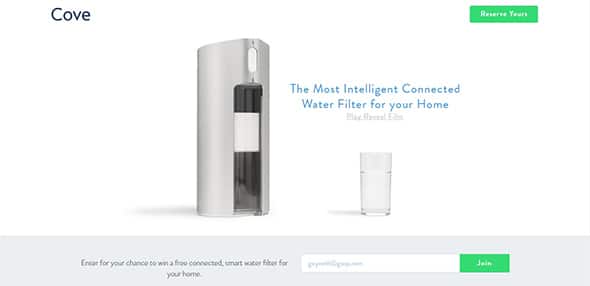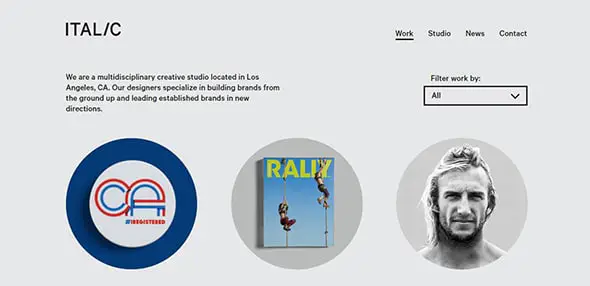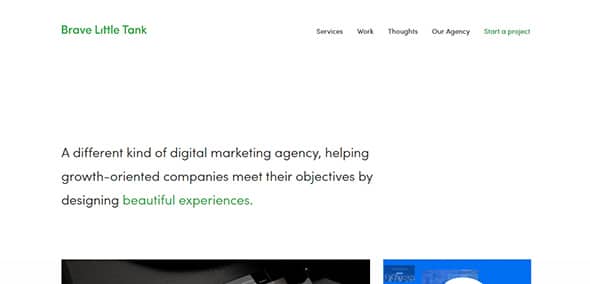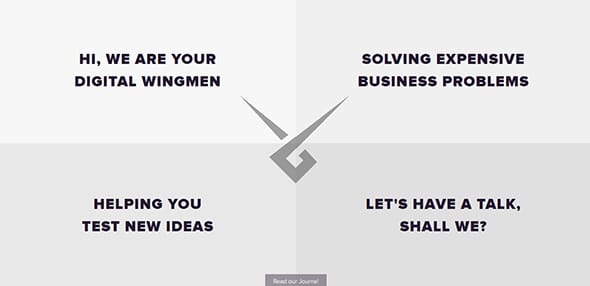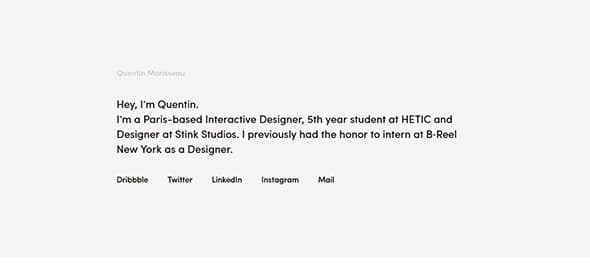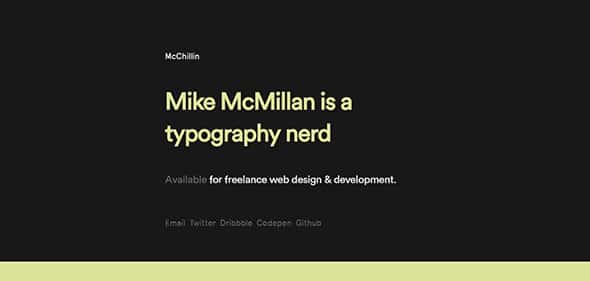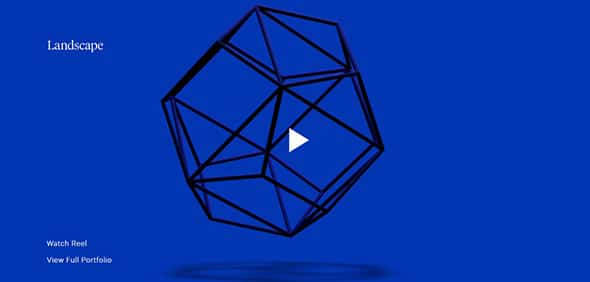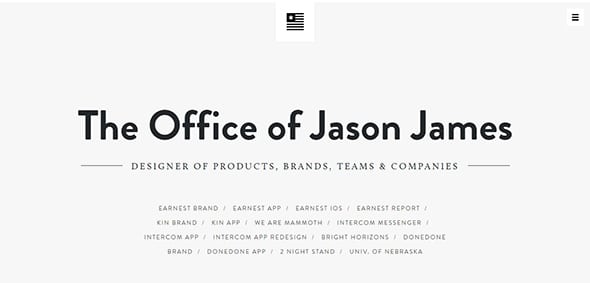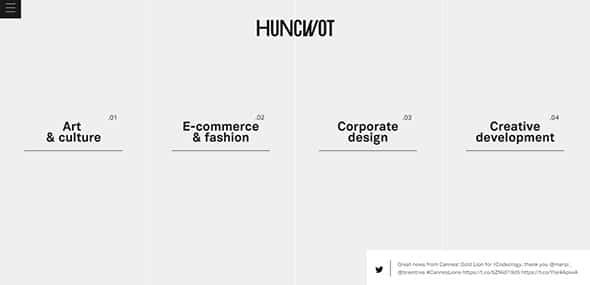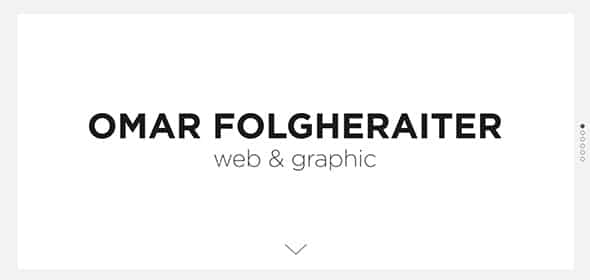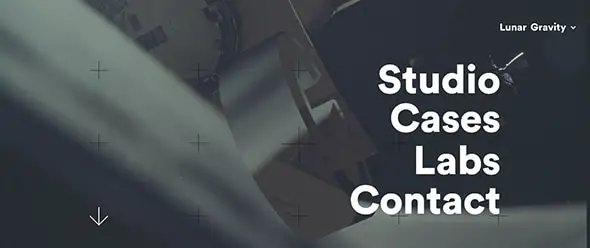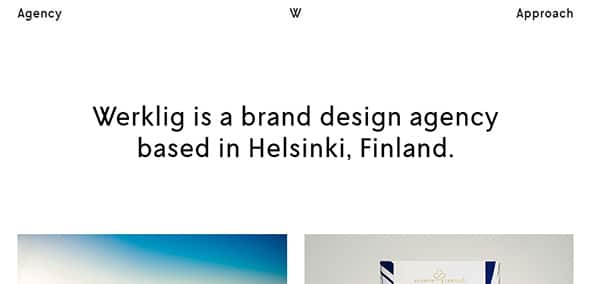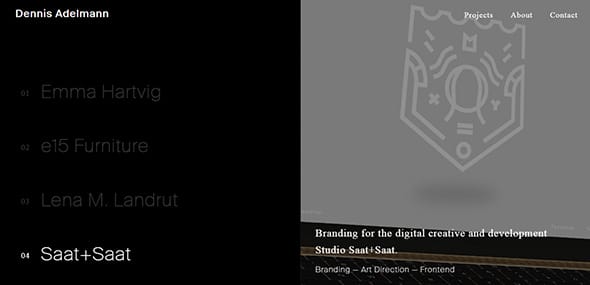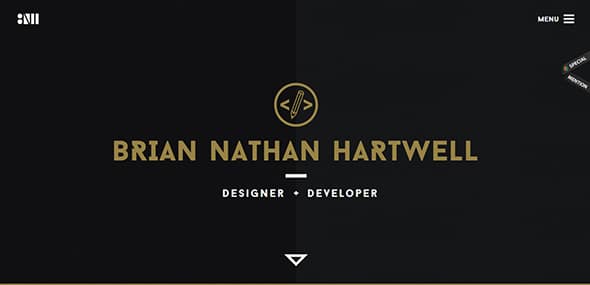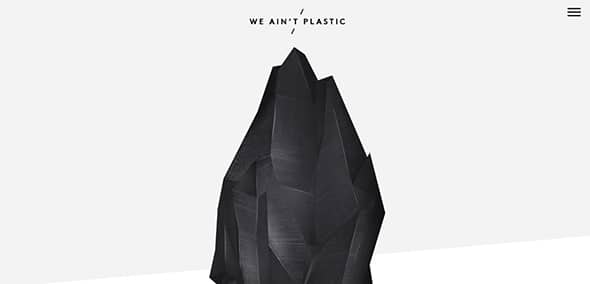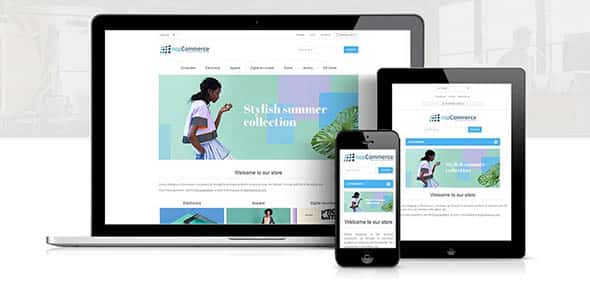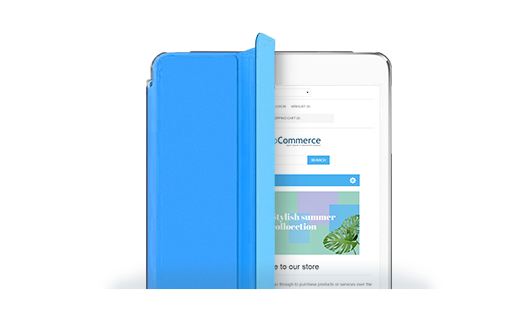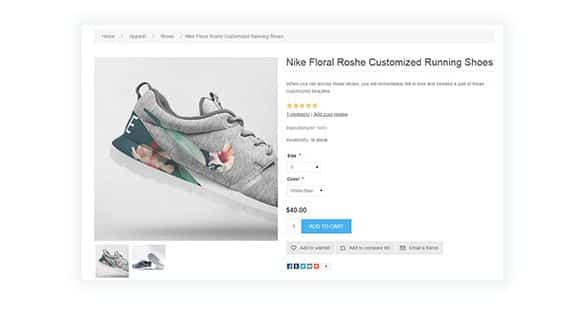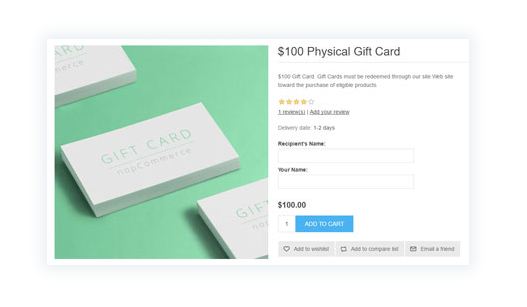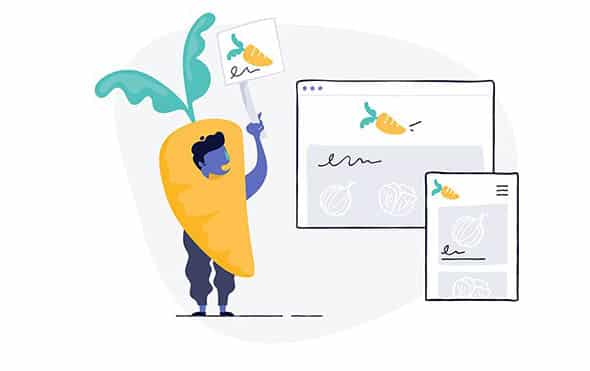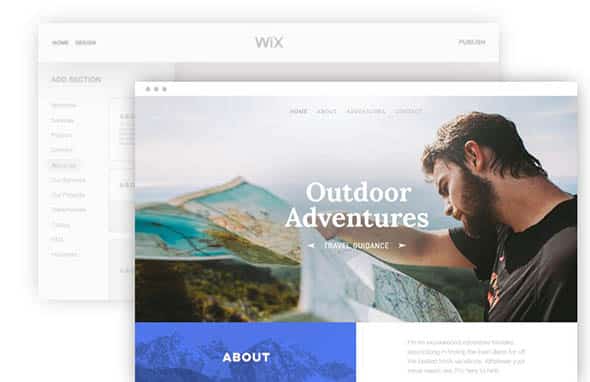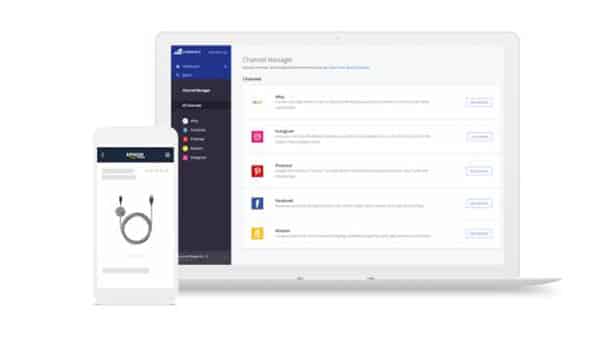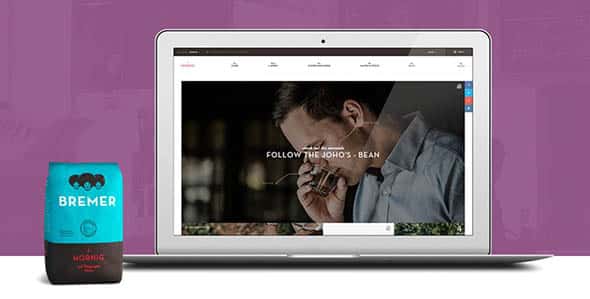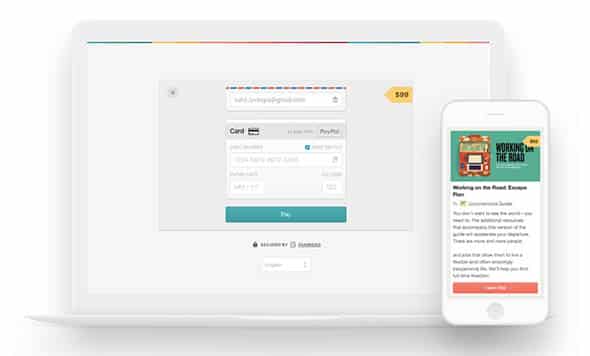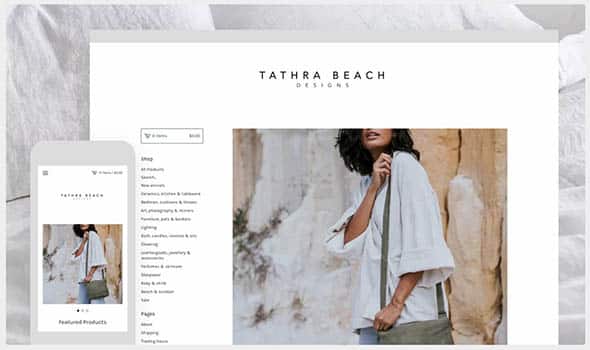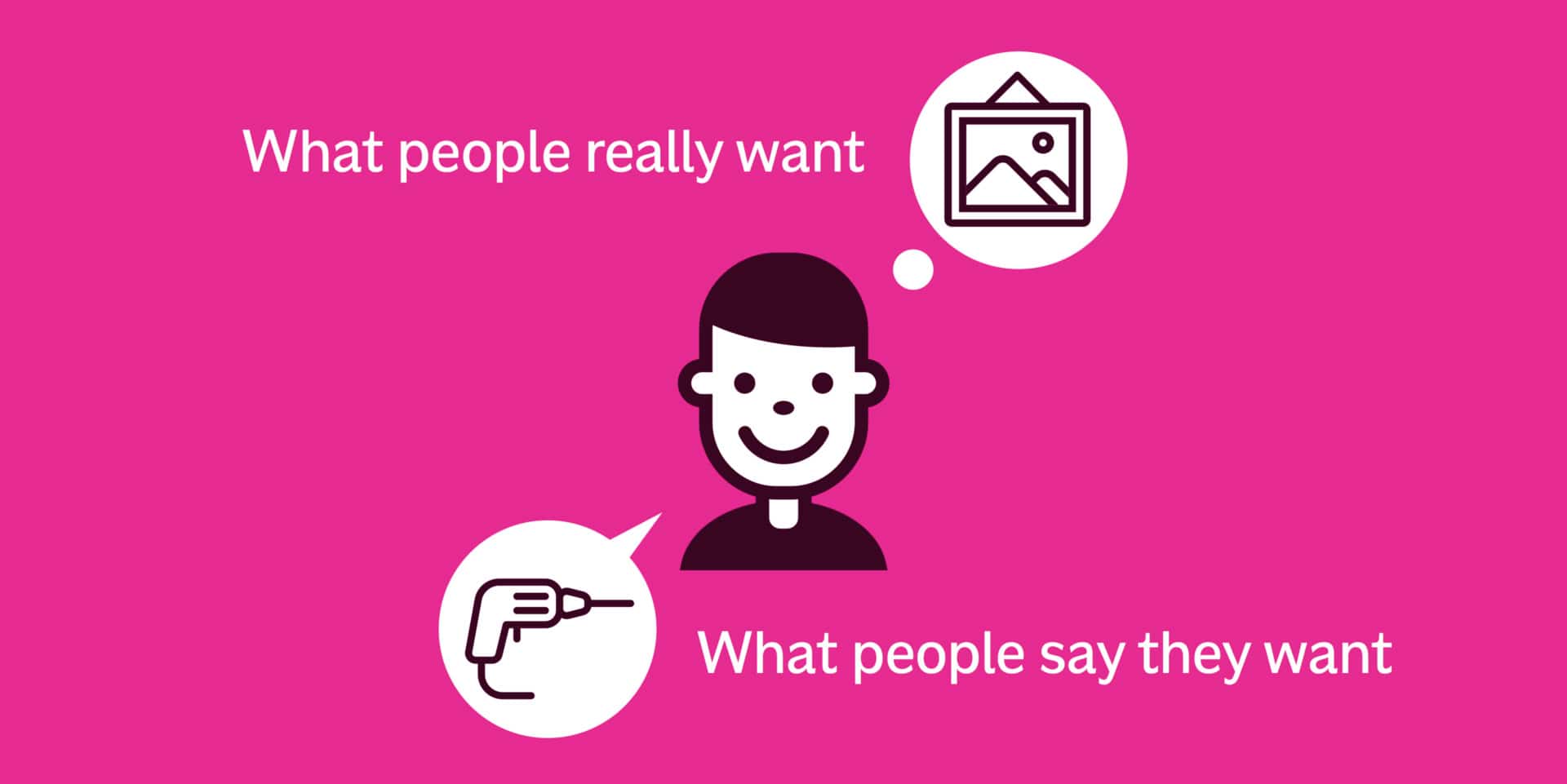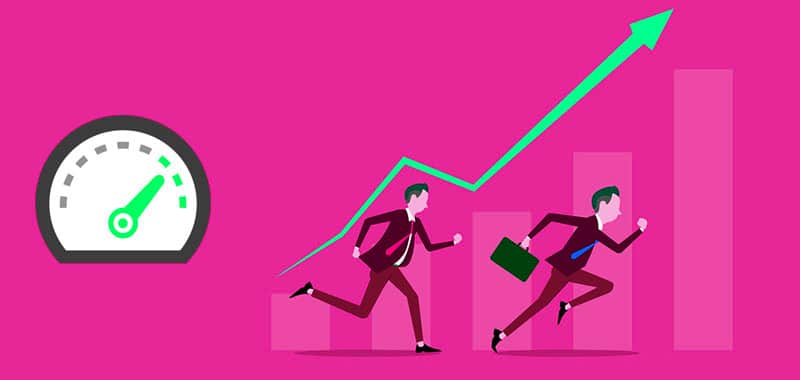You Still Have Time to Enter Your Designs to The A’ Design Competition
Original Source: http://feedproxy.google.com/~r/Colorburned/~3/4giKiGLazpU/
A’ Design Competition is one of the World’s largest international design competition. The A’ Design Competitions are organized in numerous creative fields to acknowledge the very best designers from all countries in all disciplines. Entries to the competition are peer-reviewed and anonymously judged by an influential jury panel of experienced scholars, prominent press members and experienced professionals. The A’ Design Award promises popularity, eminence, promotion and international recognition to The A’ Design Award Medalists through the A’ Design Prize which is given to celebrate the awarded designs.
The “A’ Design Prize” was designed to create value for the awarded works. The Coveted “A’ Design Prize” includes : design excellence certificate, invitation to the black-tie award ceremony, online + offline exhibition of award winning designs, poster of award winning designs, hardcover annual of best designs, special 3d printed metal award trophy in luxury black box, international press campaign, interview with the award winning designer, press kit preparation and distribution, good design symbol, pitching award winning designs to press members worldwide, articles through design award press partners, inclusion in World Design Rankings and further tools and services for PR.
A’ Design Competition was founded to publicize and recognize top design works in all countries and in all creative disciplines. The primary aim of the A’ Design Award is to create a global awareness and appreciation for good design practices and principles by promoting the best designs in all countries and in all creative fields. The ultimate aim of the Award is to encourage designers, companies and institutions worldwide to create superior products and projects that advance society.
Every year, original design work that focus on positive change, technology, design and creativity from across the globe are awarded with the A’ Design Award. Entries to A’ Design Competition are accepted in categories such as Spatial Design, Graphics Design, Industrial Design, and more. The complete list of award categories are available here.
Submissions are accepted every year until the design award deadline of February 28th and results are announced every year on April 15. Designers worldwide are called to take part in the accolades by signing-up their greatest design works, projects and products. Learn more about A’ Design Award & Competition and see past winners at A’ Design Award Winners’ Page which showcases great design work worldwide.
Present Your Works today to The A’ Design Award : Submit Your Design Work.
Below enjoy a selection of some projects that you might like:

Pepsi Metlife Stadium by PepsiCo Design and Innovation – Platinum A’ Advertising, Marketing and Communication Design Award in 2015

Santander World by Jose Angel Cicero – Platinum A’ Arts, Crafts and Ready-Made Design Award in 2015

Netatmo Welcome by Netatmo – Platinum A’ Home Appliances Design Award in 2015

Ane by Troy Backhouse – Platinum A’ Furniture, Decorative Items and Homeware Design Award in 2015

Smrt Image Lumica by Design Team – Platinum A’ Scientific Instruments, Medical Devices and Research Equipment Design Award in 2015

Lin Mao Sen by Ahead Concept Design – Platinum A’ Interior Space, Retail and Exhibition Design Award in 2015

Ice Krakow by Ingarden & Ewý Architects – Platinum A’ Architecture, Building and Structure Design Award in 2015

Air Touch by LKK Innovation Design Group – Platinum A’ Home Appliances Design Award in 2015

Pegtop by Anastasia Gavrilova – Golden A’ Bakeware, Tableware, Drinkware and Cookware Design Award in 2015

Plexus by Taras Zheltyshev – Golden A’ Lighting Products and Projects Design Award in 2015

Reflect by Ice9 Interactive – Golden A’ Generative, Algorithmic and Parametric Design Award in 2015

Sarp 46m by SARP YACHT – Golden A’ Yacht and Marine Vessels Design Award in 2015

Bond by Jimin Jung – Golden A’ Jewelry, Eyewear and Watch Design Award in 2015

Nissan Skyline by E-graphics communications – Golden A’ Advertising, Marketing and Communication Design Award in 2015

Robo Ming by LKK Innovation Design Group – Golden A’ Digital and Electronic Devices Design Award in 2015

Méo by Desrochers Olivier – Golden A’ Furniture, Decorative Items and Homeware Design Award in 2013

Dell’ Albero Limoncello by Kent Walker – Golden A’ Packaging Design Award in 2013

Paintable by Nien-Fu Chen – Golden A’ Baby, Kids and Children’s Products Design Award in 2013

Xx265 by Vestel ID Team – Golden A’ Digital and Electronic Devices Design Award in 2013

Multimedia Exhibition Lsx20 by Design studio H2E – Golden A’ Interior Space, Retail and Exhibition Design Award in 2014
Hope, you liked the designs above. We will publish a selection of award winning projects on April 15, once the results are public. To have an opportunity to get your design published, featured and exhibited, remember to enter it before the deadline. Take part with Your Greatest Designs today to The A’ Design Competition : Nominate Your Design Design.
The post You Still Have Time to Enter Your Designs to The A’ Design Competition appeared first on Colorburned.

